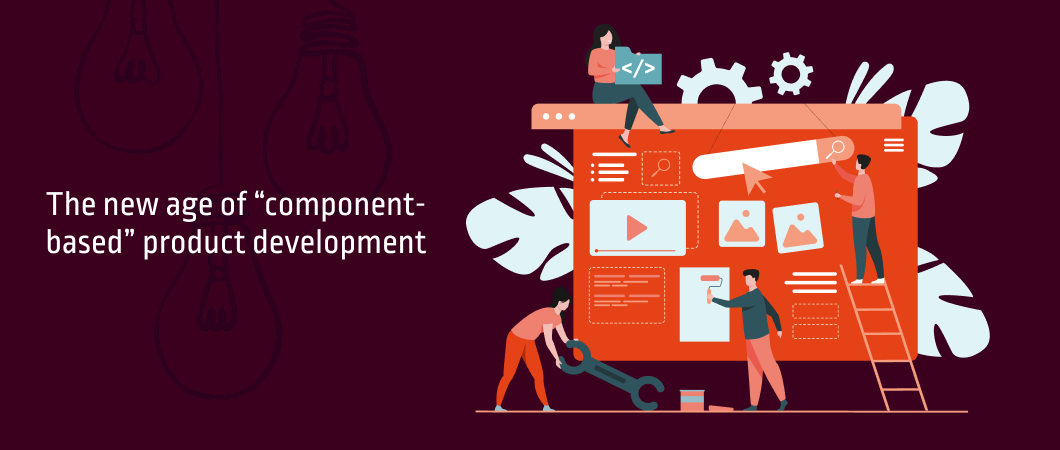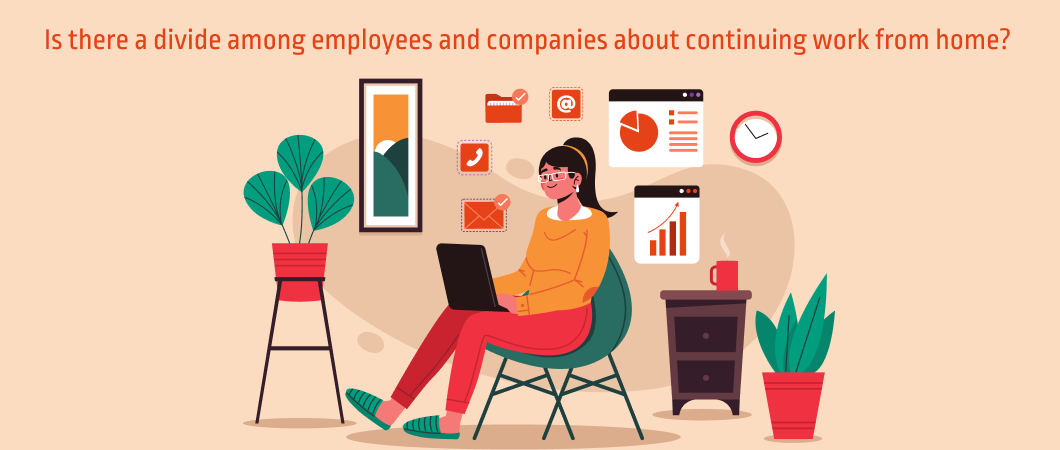Once upon a time, developing enterprise software meant looking at functionality. The experience came later, if at all. Then the enterprise consumer matured got familiar and developed strong relationships with consumer software. Gradually software became ubiquitous which also led to the consumerization of enterprise software. Technology progress, rising internet access, and then the smartphone revolution made consumer software such an indelible part of everyday lives that these became the influencers of change in enterprise software.
As software becomes as important as the business itself, the software product development landscape is changing too. Just as things seemed to be settling in the enterprise product universe along came COVID -19 and completely disrupted the world of work. Never did we ever consider a pause of this kind. With even traditional industries moving into lockdown mode and enabling remote working options, murmurs have started questioning if we needed Silicon Valley anymore?
Remote working and distributed teams are becoming an indelible part of the software development narrative. Organizations have opened up more to the idea of distributed teams and offshore/nearshoring options to increase technological dexterity by gaining access to top talent. But it is the enterprise products itself that will change more in the face of the change influenced by the pandemic.
So how has COVID changed software product development, especially for the enterprise?
The UI and UX focus
Enterprise products are business-critical. Their users are comfortable with the elevated and intuitive user experience and user interfaces delivered by consumer-grade software. This ‘Uber-like’ experience is now expected of enterprise products as well as they become critical for work.
For enterprise software, this means a re-evaluation of the UX and UI strategy. Most enterprise software is functionality focused and has a very specific purpose that is aligned with business goals. UI and UX focus have to balance performance with aesthetics to make sure these products help the end-user, who in this case are the employees, complete their tasks with ease.
Understanding user-journeys, pain points, and expectations have never been more important than now.
Security is top of the mind
No surprises here. Security was, is, and will continue to be on top of the mind for every software product. It is a given that enterprise products have a lot of sensitive information. As organizations become increasingly more dependent on enterprise software employees need to access it from outside the physical organization, and from different networks that might or might not be safe. Yes, security is a hot button.
Clearly, the focus on security testing will only increase and will become more pervasive. Organizations now have to look at baking security into their software products. Elements like automating security testing in the DevOps cycle, for example, can ensure that vulnerabilities are not introduced during the development process. I also think technologies like blockchain will start seeing more adoption owing to their security architecture as well.
Things such as end-point security are important areas to explore. There is no option but to have a heavy focus on end-point security to make sure that consumers can use software products without worrying about end-point access and attacks. Interestingly, this aspect influences user experience positively as well since the user can use the product with confidence.
Latency and performance management
Software products now have to do quite a bit of heavy lifting and for this, they need to become more performance-focused than they already are. Organizations have to consider that these products might not be used solely from within the physical office itself. Now the office can be anywhere…but the product has to operate as it would when all the LAN, IT and network area requirements were enterprise-level.
This adjustment demands relooking at software product development to ensure that the product does not demand elaborate network connections or heavy-duty LAN networks and re-evaluate even their bandwidth requirements. The products have to become less demanding, but more secure and performance-driven. Elements such as application availability, load balancing, access management, etc. will have to become more robust in this post-COVID world.
Application architecture
Just like the agile organization, the application architectures now have to become more accommodating and agile. Applications will have to be built with evolution in mind since the change will become an inherent part of the product development vocabulary. The application architecture now has to ensure that it accommodates the issues and opportunities with the architectures in use, considers a future-state, and the migration path for technology evolution.
Application architecture has to support the application in the present state and also allow easy maintenance and easier product evolutions. Software development companies will spend some time evaluating the tools, technologies, and strategies to build their application architecture to capably build a strong product for the long run.
The need for strong, secure, robust, and performance-oriented software products is only going to increase as we return to the new world of work. You could think that I sound fatalist when I say that the enterprise has to wake up to the fact that situations like these could arise again. And for that, the world of work has to be prepared because “tomorrow belongs to those people who prepare for it today”.



